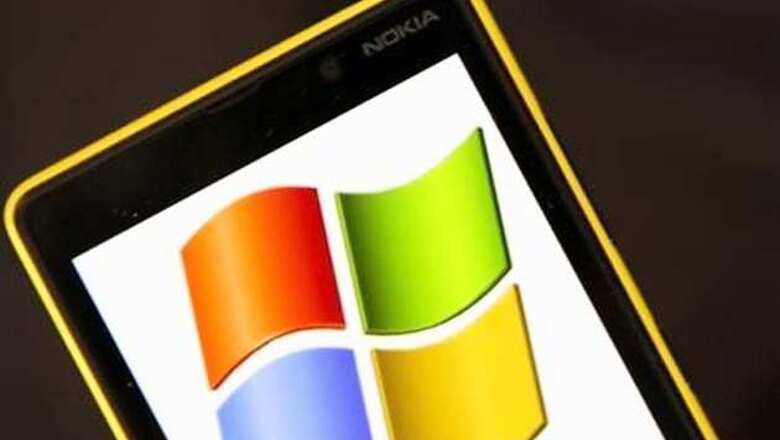
views
In discussing the future of Microsoft and Nokia, we must try to answer why they got together in the first place. While there may not have been many strategic reasons, I think there were several pragmatic ones. For Microsoft, Nokia represented the biggest source of momentum for the Windows Phone platform, meaning if Nokia suffered, there may have been an impact on Windows Phone's market share and perception. Something as innocuous as a bad quarter for Nokia could risk destroying that momentum.
Also remember, Nokia was getting $1 billion in annual payments from Microsoft for using Windows Phone, an agreement that was due to end in 2014. Maybe Nokia would've said, "We need more money," and that would've forced Microsoft in turn to think, "If we have to pay them $2 billion a year, why not just buy them out?" And Microsoft did pay a relatively low price for Nokia.
From Nokia's point of view, they may have felt that in the evolving competitive landscape, it would be increasingly difficult for them to fight at the low-end, and even harder to get out.
So perhaps both sides saw a zone of agreement and got what they wanted. I don't believe the conspiracy theories about Stephen Elop (former CEO of Nokia Corporation) being a Microsoft Trojan Horse because there were simply too many variables that could have gone one way or the other.
Coming to the present, the biggest problem that Microsoft and Nokia will face is that of timing. Specifically, at what stage are we when it comes to the global penetration of smartphones? We've seen that when any technology, be it cars or washing machines or cellphones, follows a predictable S-shaped curve to reach ubiquity and saturation point. While the speed may vary by country, the overall trend of global adoption from 0 to 80-90 pe rcent saturation happens in a predictable manner. And if you're wondering what the significance of the adoption curve is for Microsoft and Nokia, the answer is because later adopters tend to exhibit very different behaviour from the early ones.
The question I have had for both Microsoft and Nokia since the last two years is this-at what point will the smartphone market be when they attempt to sell their Windows phones? Thus, would they be only a challenger dealing with entrenched competitors or a new entrant in their own right? I'd argue that they're now dealing with the latter half of the market because the premium customers have already been taken-there has been a rapid uptake of smartphones in the last 2 years.
The US market has reached 62 percent smartphone penetration, mostly since 2007, while the global market will take longer. Considering that the average smartphone is used for 2 years, it would seem that by the time early adopters have bought their third phone, the entire market is beyond 50 percent penetration. Historically nothing has grown that fast, except maybe microwaves and DVDs (both of which didn't have network effects).
This is why Microsoft can't say, "Oh, we can wait for a few generations to become successful." I'd say they have been trying in one way or the other since 2001. Their mobile efforts went from the first version of Windows CE in 1997 to Pocket PC to Pocket PC Phone Edition to Windows Mobile which went up to version 6.5 before it was finally deprecated to Windows Phone. So, we're today on version 8 of Microsoft's mobile OS.
During that period, many companies came and left the mobile space, including Palm (Palm OS was dominant in the PDA space and in the early smartphone era), Symbian and various Linux versions (which later became Android). But Microsoft could never become number one even when the global market was just 4-5 million units.
####The biggest problem that Microsoft and Nokia will face is that of timing.




















Comments
0 comment